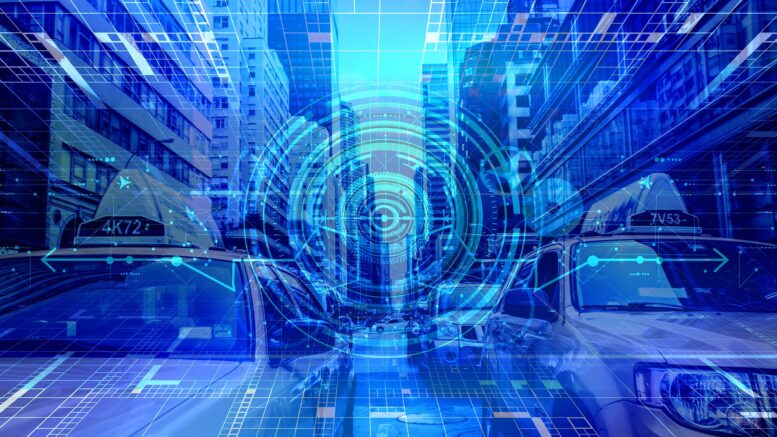Cars driving without human guidance, that is something shown in science fiction movies – or could it be possible in the near future? And what are the impacts that autonomous driving could have on our daily lives, especially our media consumption?
Firstly, it is important knowing that there are five different levels of autonomous driving:
1. Driver Assistance
The driver remains the control over the vehicle and must always pay attention to the traffic. The assistance system supports the driver and helps to ensure additional safety and comfort: for example with an Active Cruise Control, which holds the speed and adjusts the distance to the next car.
2. Partly Automated Driving
The driver stays in control over the vehicle and must always pay attention to the traffic. Semi-autonomous driving assistance systems can brake automatically, accelerate and, unlike level 1, take over steering.
3. Highly Automated Driving
Systems of the third development stage will give drivers more freedom to completely turn their attention away from the road under certain conditions. In other words, they will be able to hand over complete control to the car.
With conditional automation systems, the car will be able to drive autonomously over long distances in certain traffic situations, such as on motorways. The driver, however, must be able to take over control within a few seconds.
4. Fully Automated Driving
At Level 4 the car has still a cockpit and a human driver can still request control, but the car can handle the majority of driving situations independently. The driver must remain fit to drive and capable of taking over control if needed, yet it would be possible for him to sleep for some time. If the driver ignores a warning alarm, the car has the authority to move into safe conditions, for example by pulling over.
5. Full Automation
Level 5 is where true autonomous driving becomes a reality: Drivers don’t need to be fit to drive and don’t even need to have a license. The car performs any and all driving tasks – there isn’t even a cockpit. Therefore every person in the car becomes a passenger. Cars with full automation will clearly need to meet stringent safety demands, and will only drive at relatively low speeds within populated areas. They are also able to drive on highways but initially, they will only be used in defined areas of city centres.
But which of these stages are actually realistic at the moment?
Right now, lots of cars already are capable of the levels of 1 and some do have assistance systems on level 2, but the other three stages are still in in progress. BMW announced at its homepage, that they will offer a package for highly automated driving on motorways in 2021. It is difficult to say when the automakers will reach the other stages, but they are very eager on moving the driving into the direction of automation.
But what has this to do with Media?
For media consumption there are a lot of new possibilities as soon as we hit level 4 or 5: Because the driving person doesn’t have to focus on the traffic all the time or not at all, this new won free time can be used to enjoy different types of media, such as TV, books, and even video games, which you were not able to enjoy during the car ride before. Also at level 5 the whole interior of the car will change: As there is no more cockpit, you can arrange the passenger seats differently and get a “living room” situation, where it is easy to implement a device like a TV screen or something like that.
Furthermore the autonomous driving will open up new opportunities on how to show passengers advertisements – you could even think about using the windows as a display, where information about important spots on the driveway or ads for restaurants, clubs or bars nearby are on.
As for now, everyone who is in need for a car now and then simply owns one – in the future you won’t need to buy a car, you will just order a self-driving car when you need a ride via a App – and you will also pay this way. There won’t be searching for a parking spot or freeing your car from ice in the winter. Imagine just getting in and out of a car like you do now of a train or a bus. But there is no human driving you. It is just the car.
At the time when every car is driving without human guidance we even won’t need traffic lights, parking spots, or zebra crossings – this will definitely change the shape of our cities a lot.
If we take this even further, it could be that Apps which provide the cars will know every move we make and use this information to offer personalized media and advertisement which fits us perfectly. In other words: our lives could become even more transparent.
A text by Anna-Sophie Hartauer, Alicia Kaufmann, Priscilla Stober and Lena Hermann

